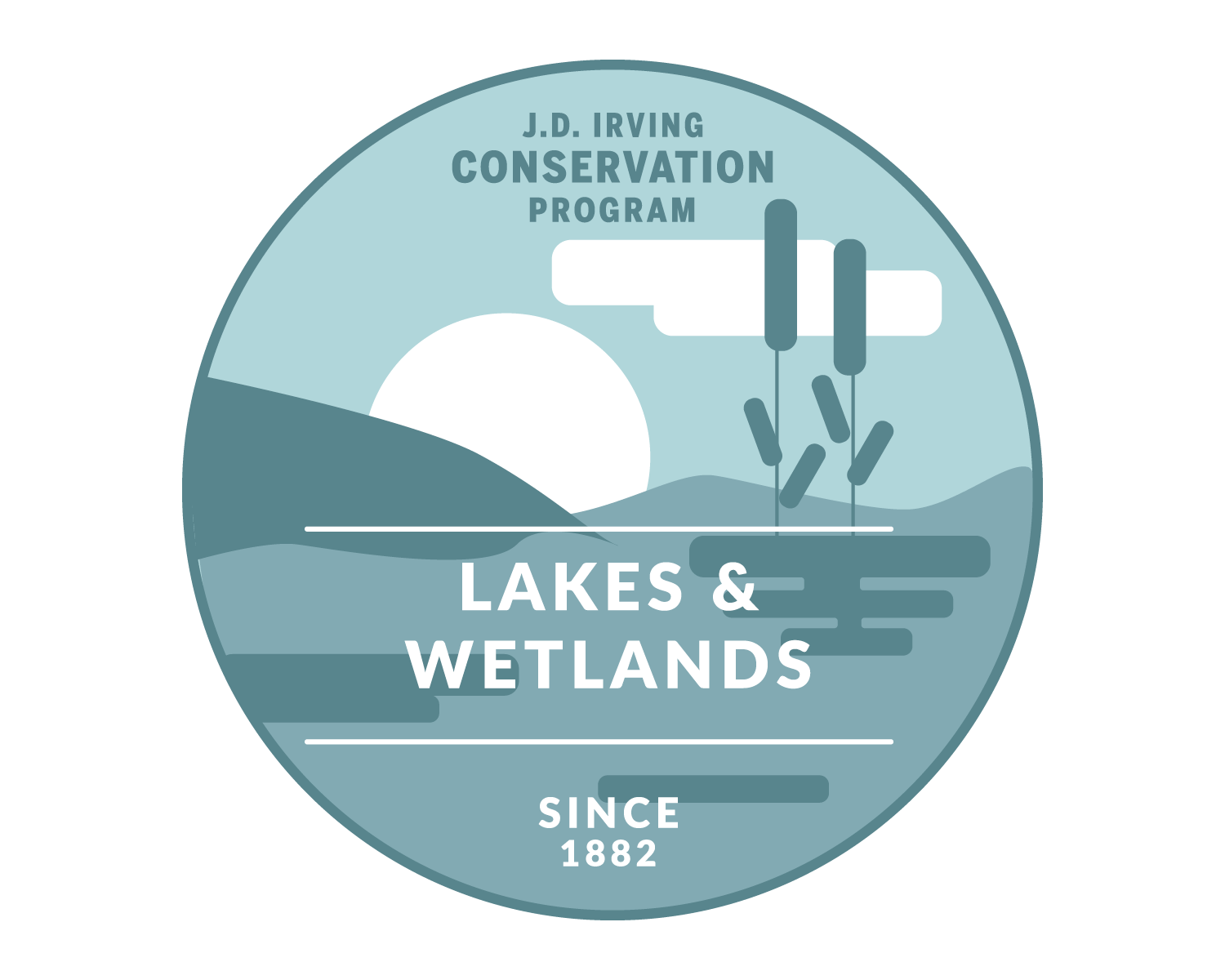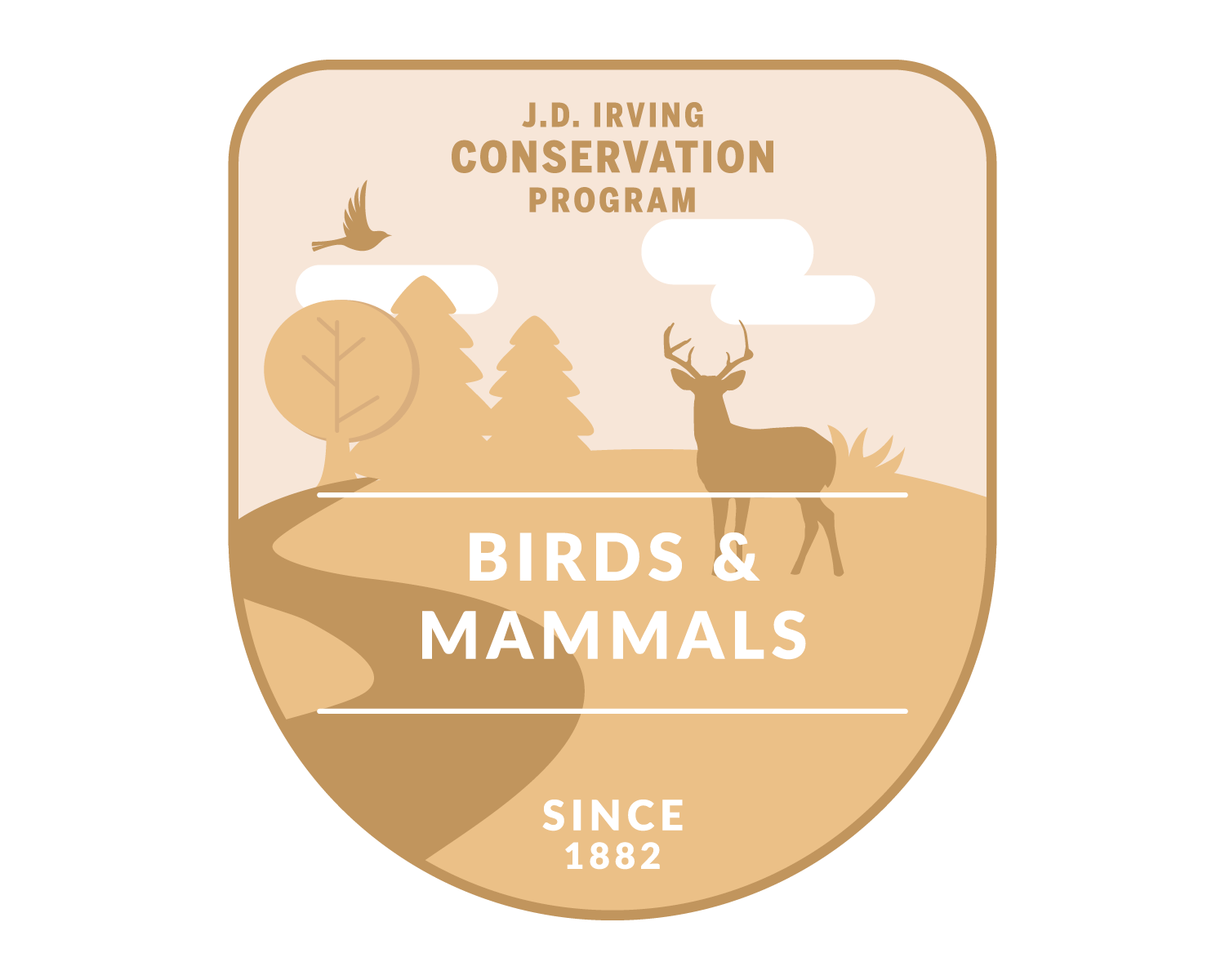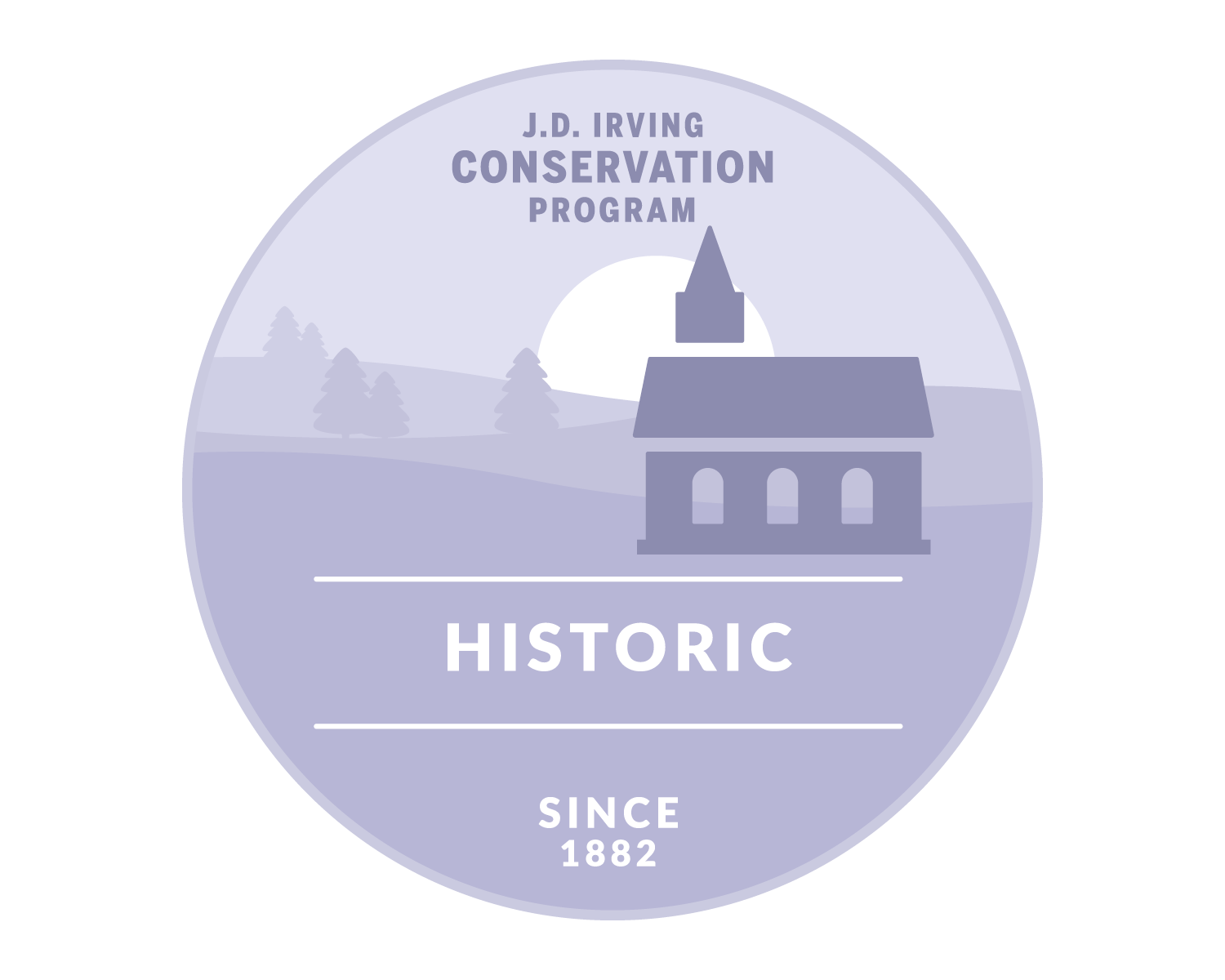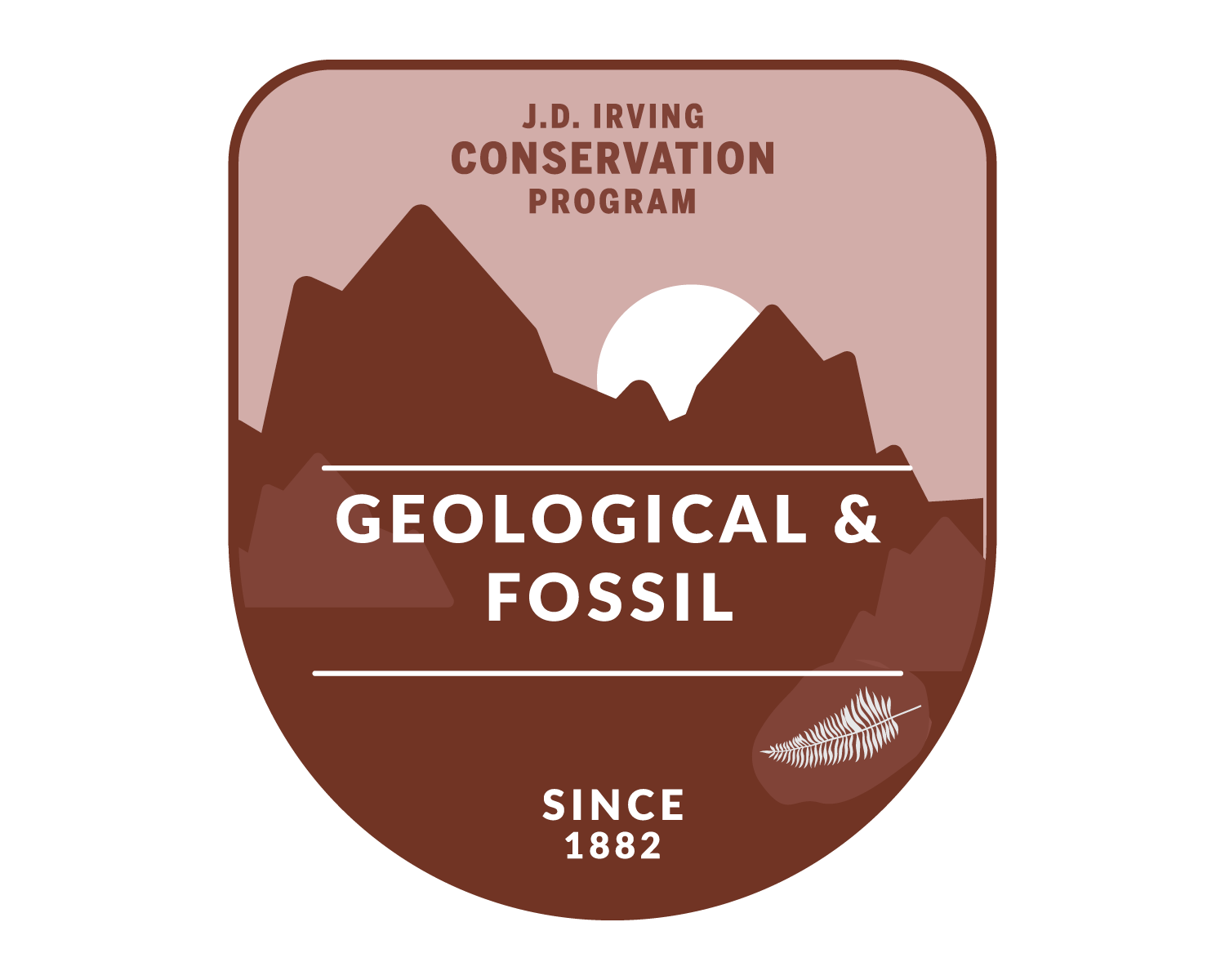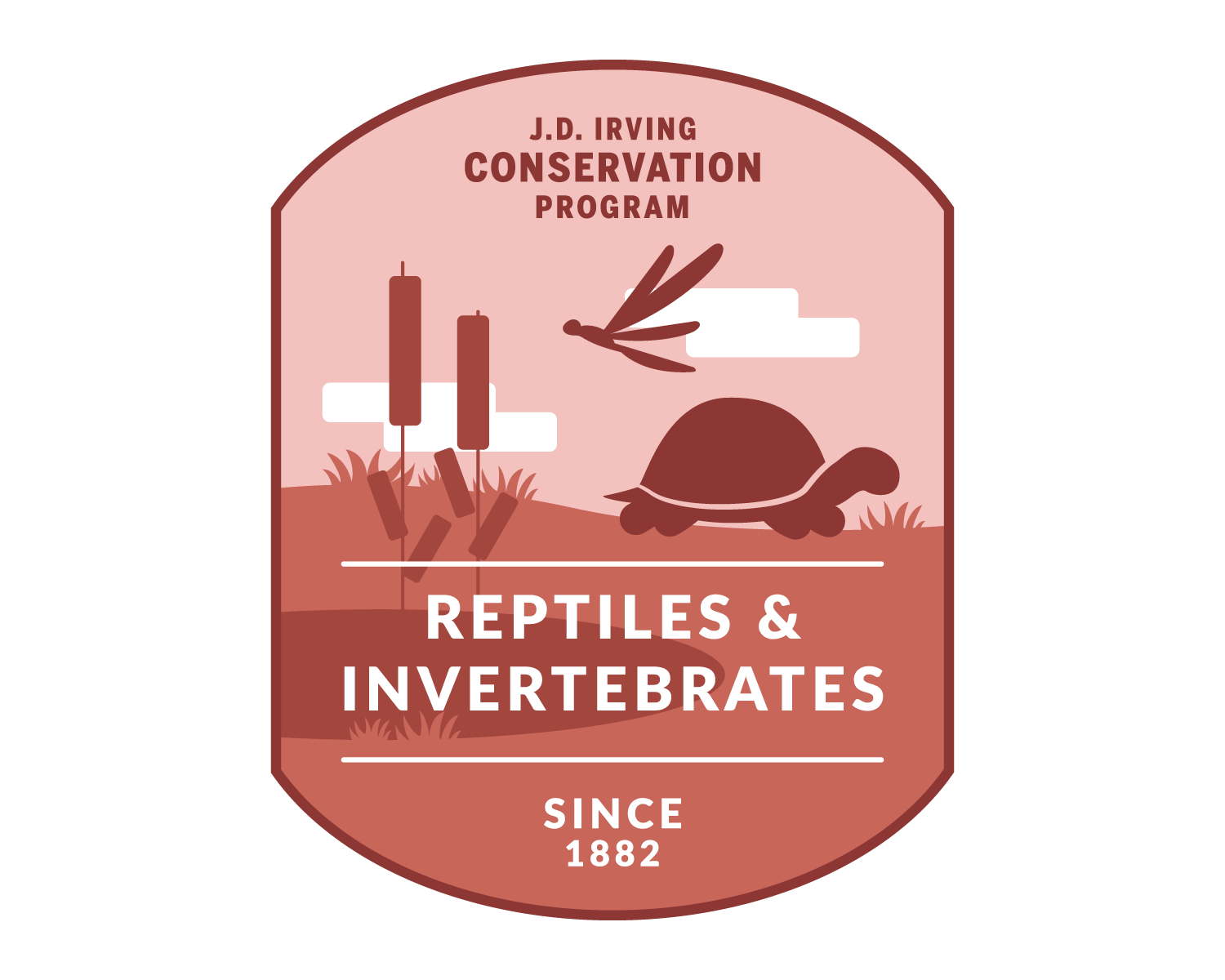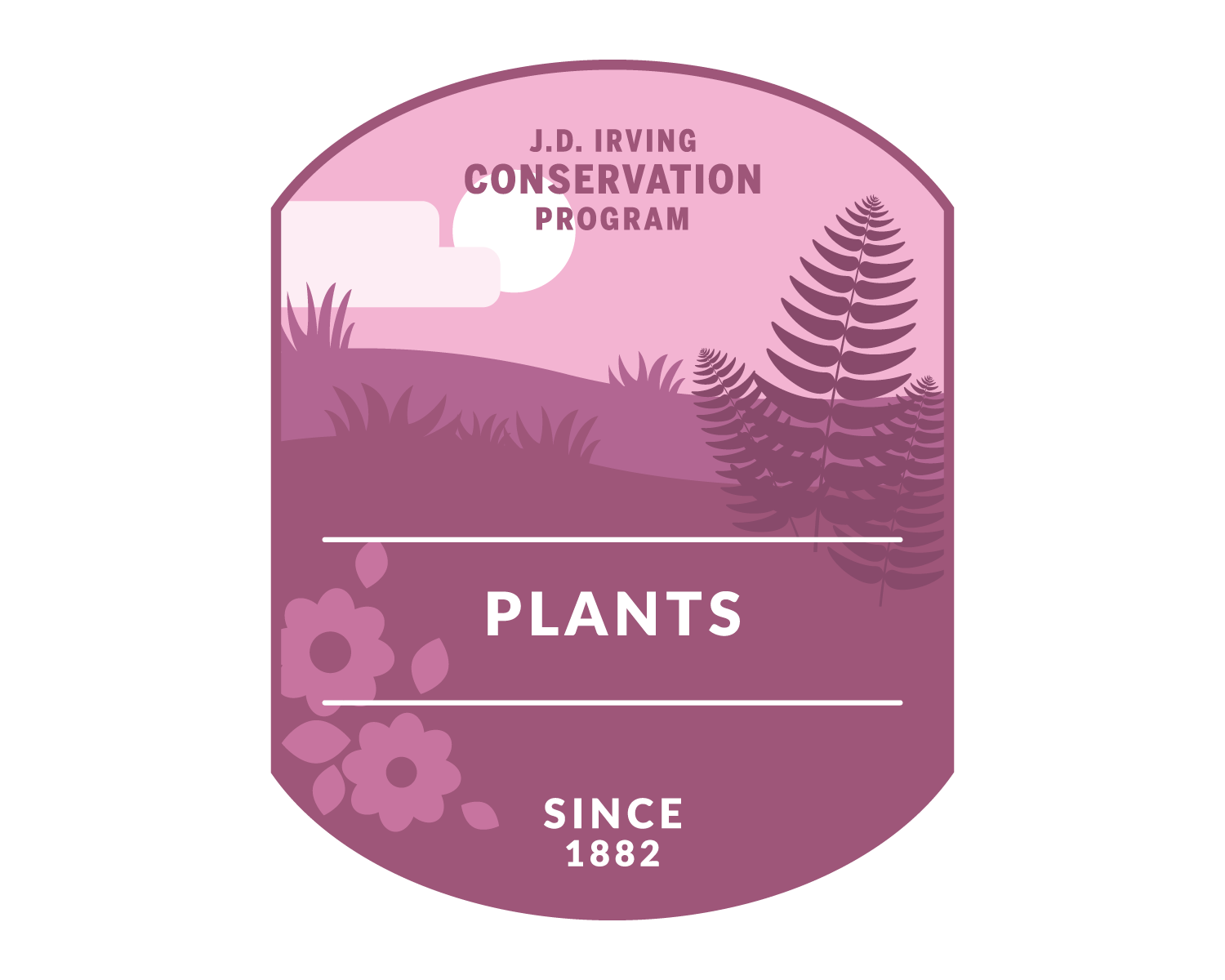UNIQUE FOREST STANDS
AT THE IRVING NATURE PARK

UNIQUE FOREST STANDS
The history of logging has deep roots in this region and has been the economic engine of New Brunswick since the early 1800’s. From the early settlers clearing land for homesteads and farm fields to the Napoleonic War and Britain’s subsequent insatiable demand for wood (especially tall pine for Royal Navy masts) , there is little of this province that can be described as “Old Growth” in strict ecological terms. Most researchers agree that perhaps one half of one percent of NB’s forest hosts old growth features, mostly found in some of the most inaccessible areas of the province. This is not to say that the province doesn’t have stands of old trees. There are plenty of those out there and in fact some reside in here in the park, despite almost 300 years of European settlement on this Island. Take a look at the large red spruce ( Picea rubens) along this section of trail. While large trees do not automatically infer old age (think of small stunted black spruce living along the edges of bogs or other similarly rough conditions – these can be hundreds of years old!), these spruce have had a small sample of their tissue removed (a core) and aged to be between 124 and 147 years old. Prior owners of this area certainly did log the Island and we have plenty of documentation that describes a lumber mill in the upper reaches of the marsh as well as a lathe mill and export wharf jutting into Manawogonish Cove (our mudflats). So how did these trees escape the axe all these years? That remains a mystery.
Less mysterious is our company’s policy on old (late successional) forests. On the lands we own, we have set aside a minimum of 10% of the forest to remain in these old age conditions for as long as they are naturally able to and will make sure that we maintain that percentage for the long haul. To date, J.D. Irving, Limited maintains over 68,000 hectares (168,500 acres) of these forests in our region. In addition to that, the Province of New Brunswick maintains a similar policy on Crown owned land that includes almost 70,000 ha of forest.
